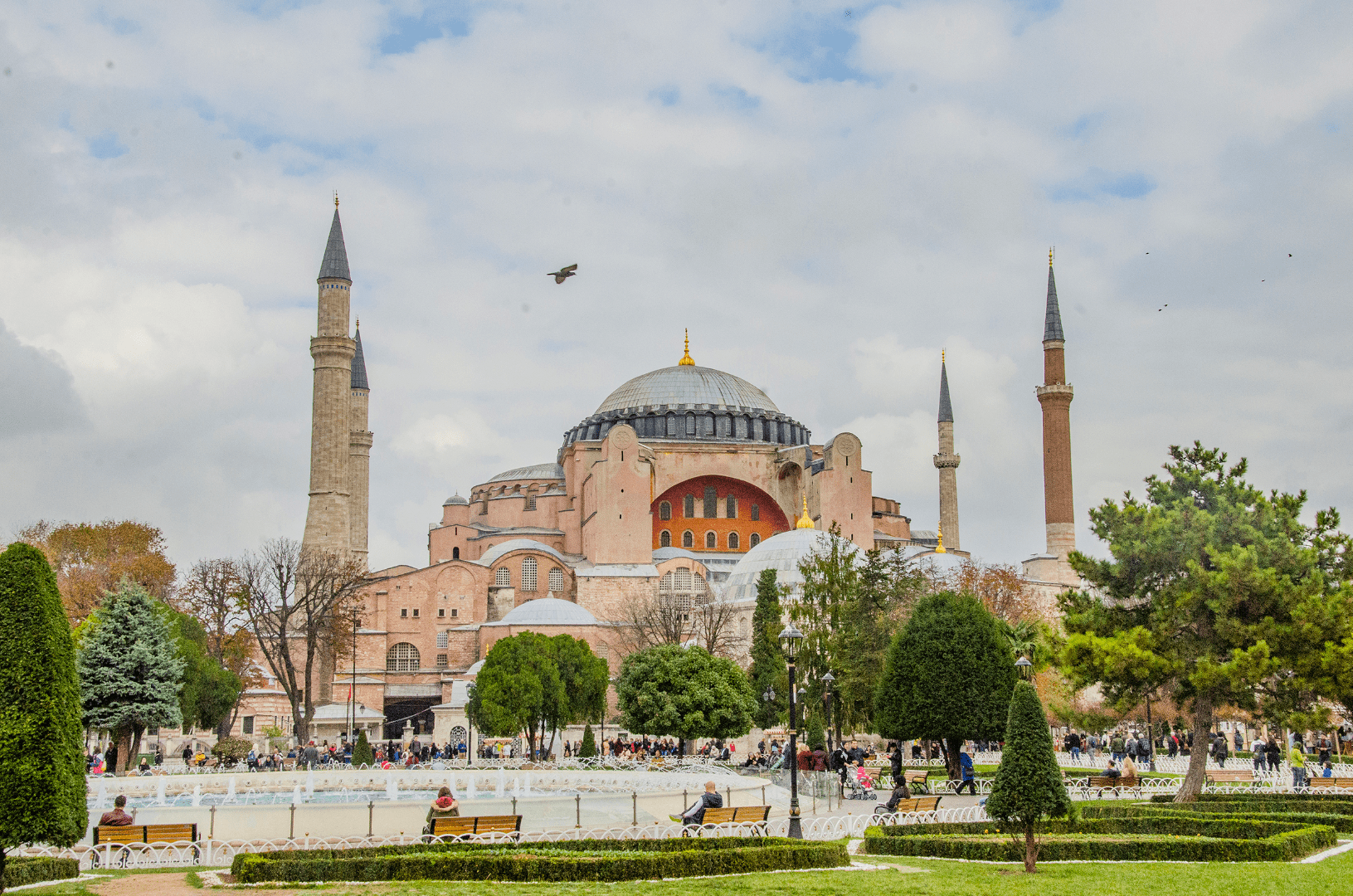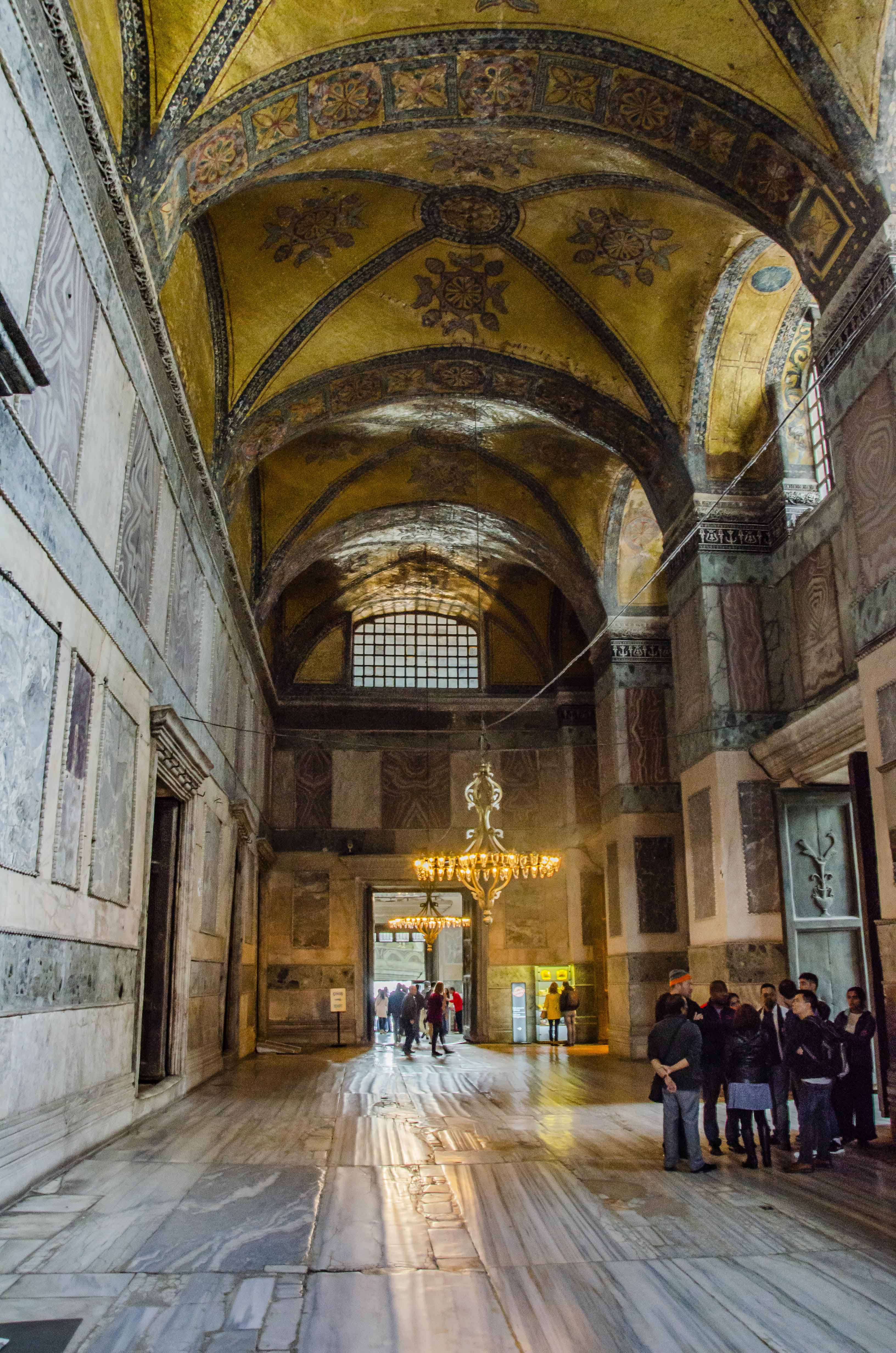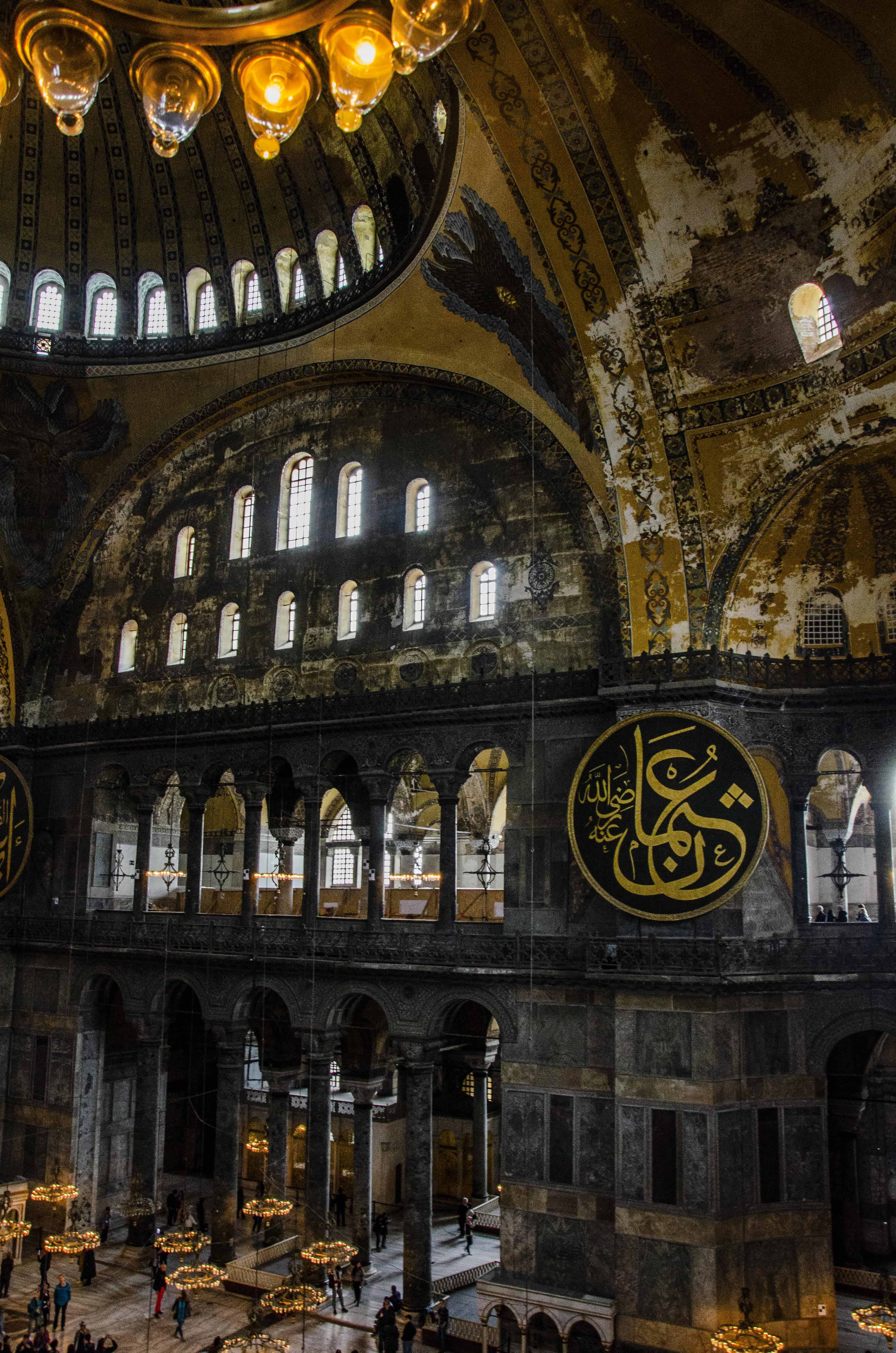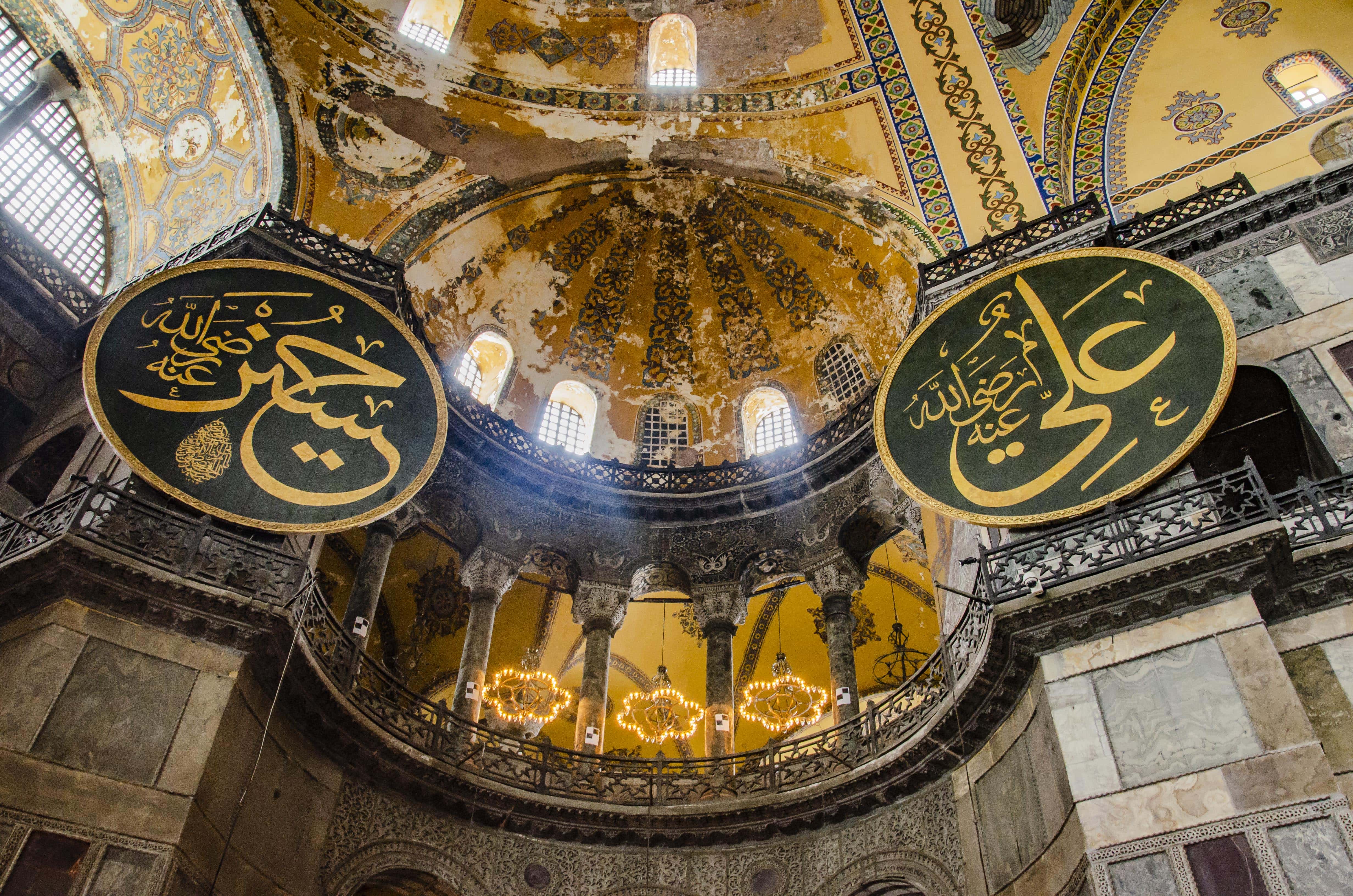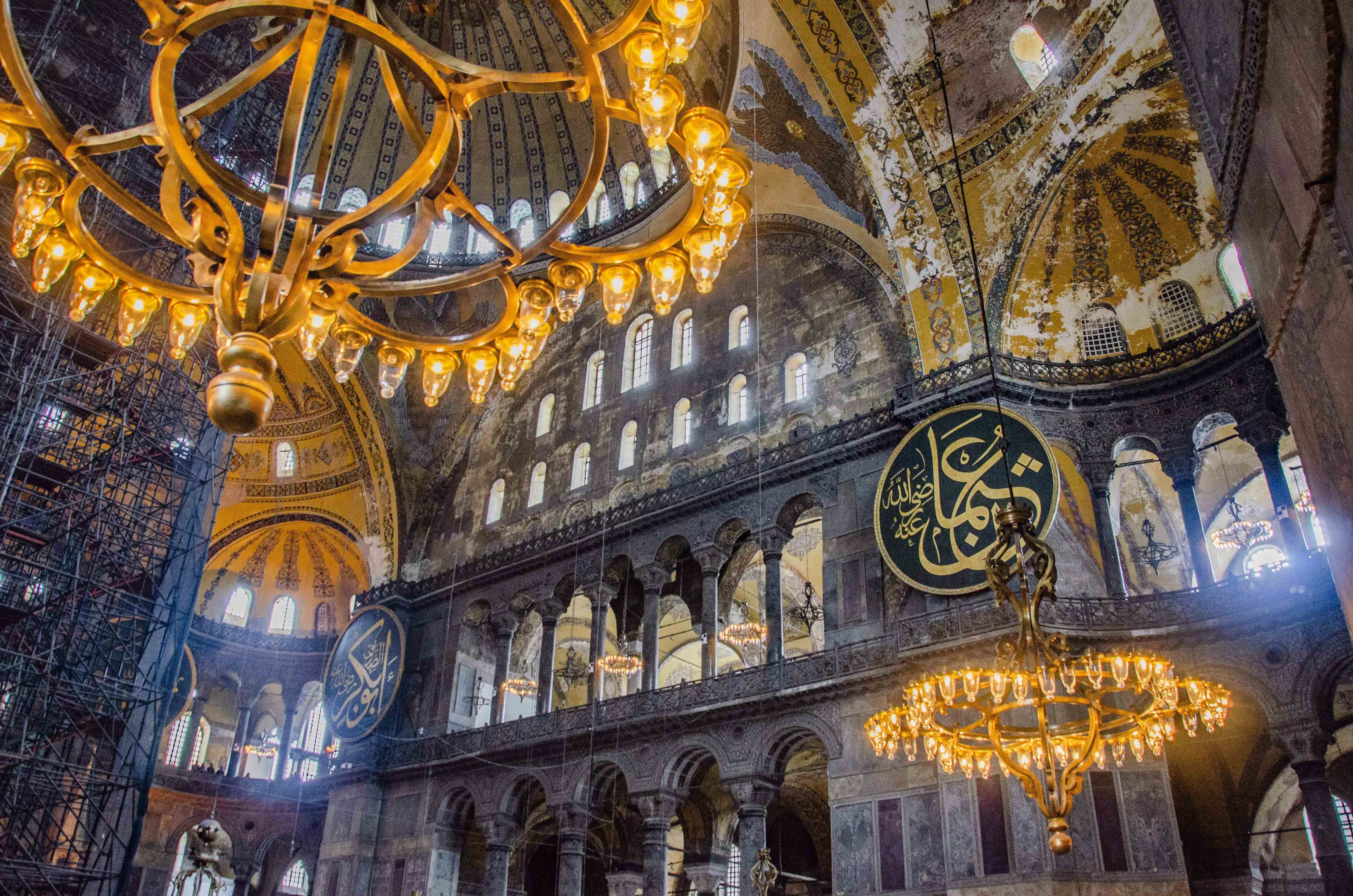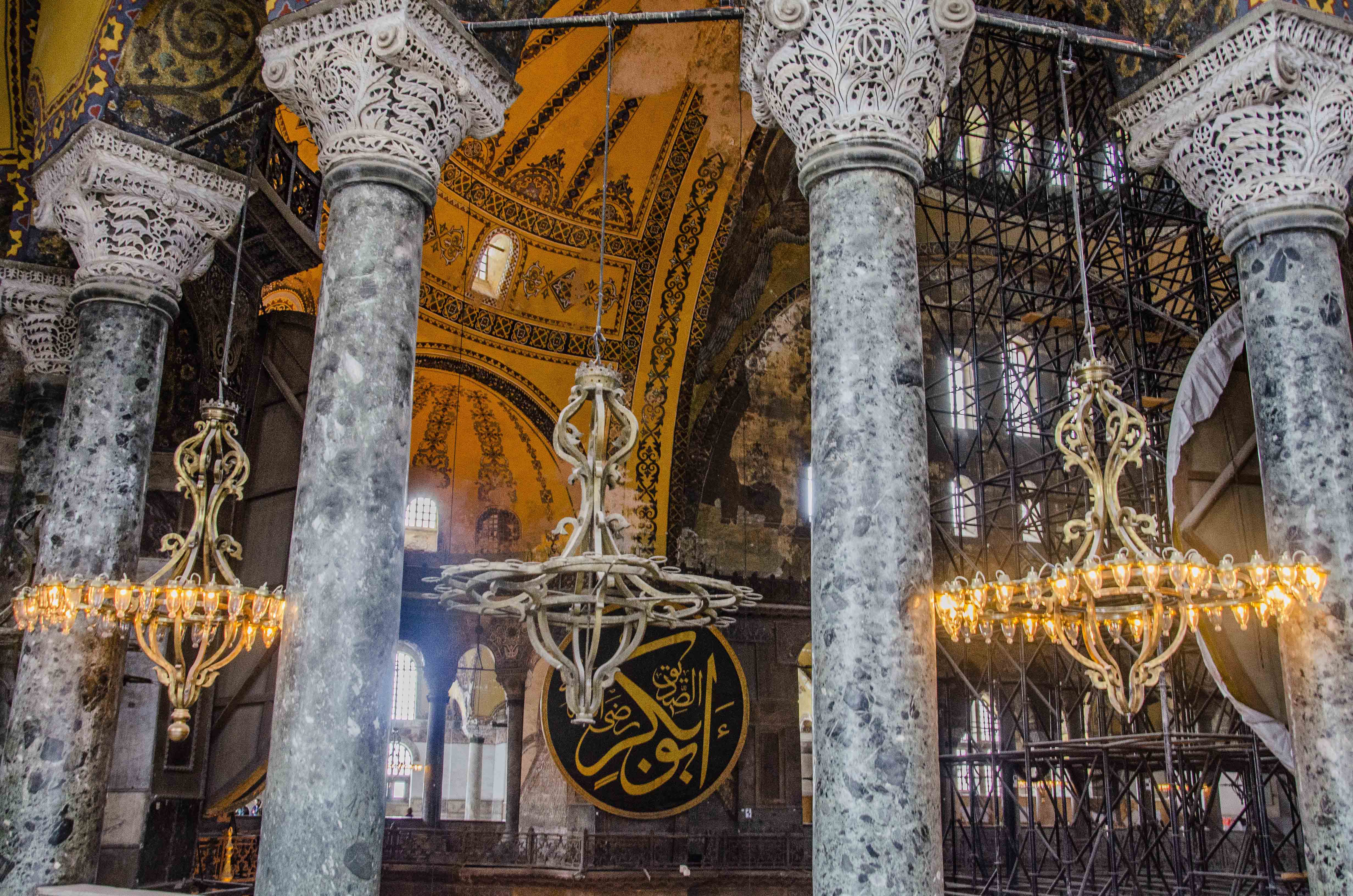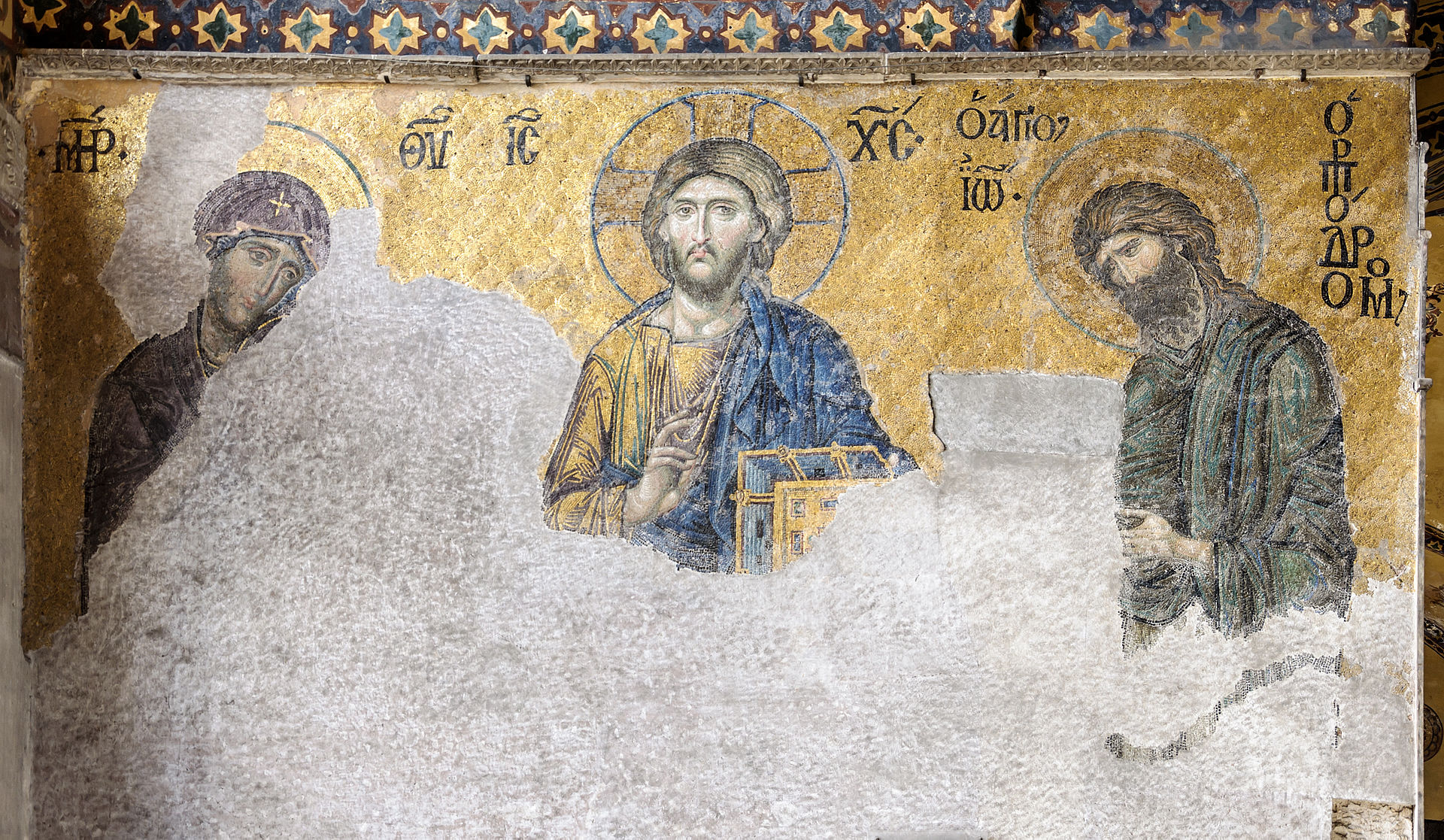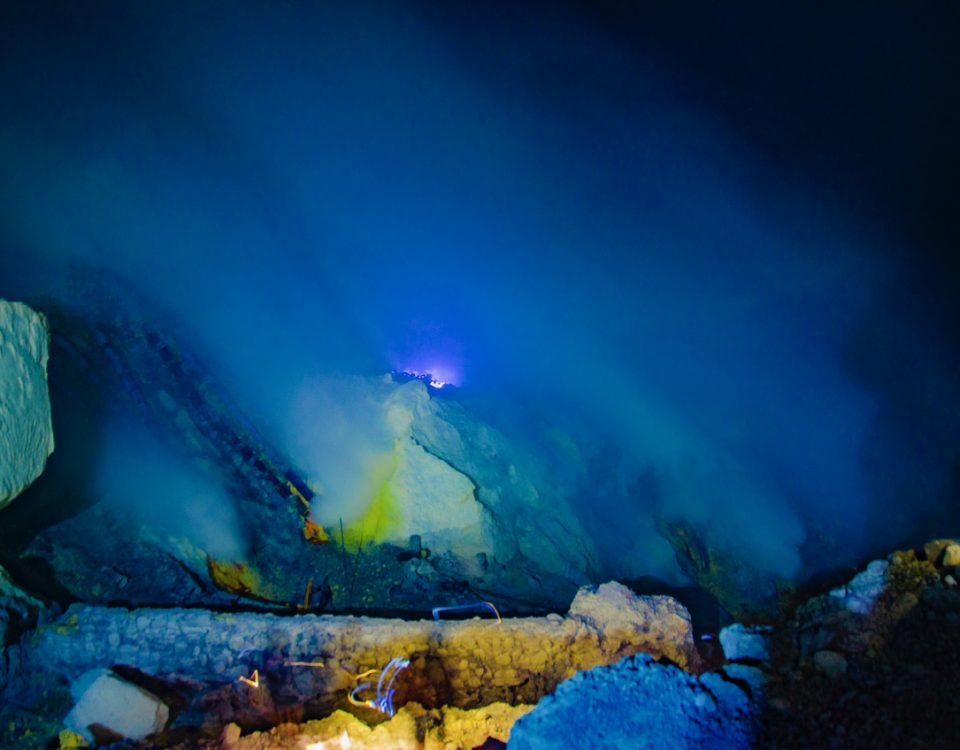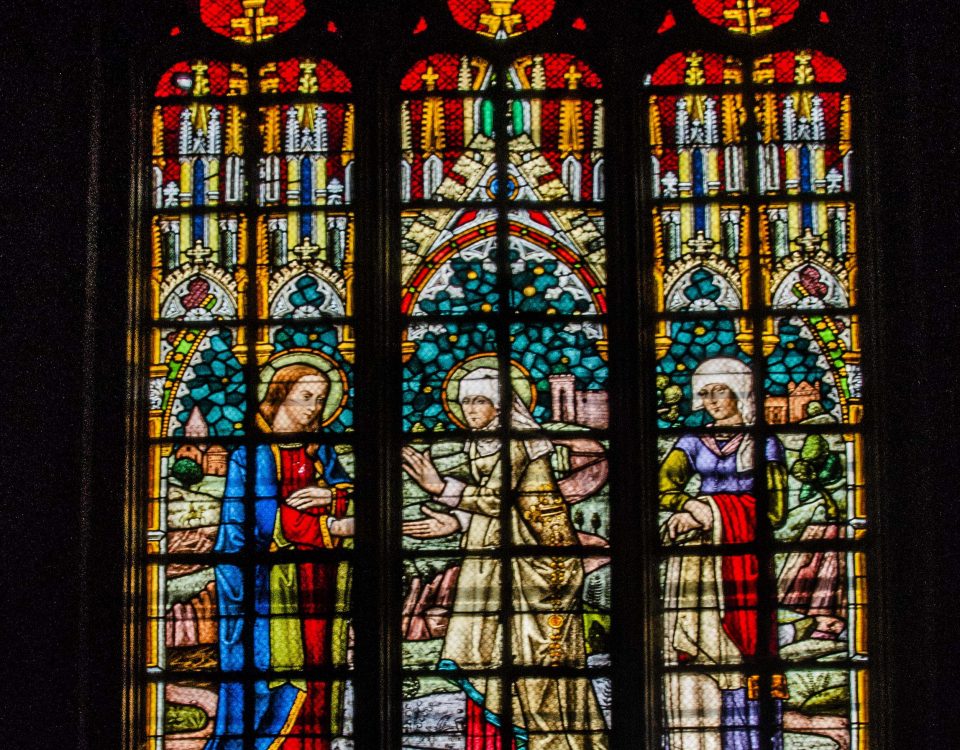CITY OF DUALISM - ISTANBUL, TURKEY
His breath was heavy, his heart pounded; for the first time, he stepped in through the grand entrance framed by two large bronze doors, and he proclaimed as he wagged his fist against the heavens, “Solomon, I have surpassed thee”. That day was December 24th, 563. Emperor Justinian had built a religious colossus that even King Solomon himself would have conceded with awe; today, the Hagia Sophia remains a sight to behold.
In the 9th century, visitors to Constantinople would be astonished at the opulent decorations of the imperial throne. Stammering in excitement at the graceful stone arches, golden birds singing on a golden tree and golden lions that flank it. The Byzantium Empire was predicated on the culture and technology of the Roman Empire that preceded it; a Byzantium would still consider himself Roman. So the saying goes, “all roads lead to Rome”. But the Byzantium could have well been making a metaphysical claim for the empire’s roots.
Perhaps, in the case for Turkey, if Time itself had a shape, it would be drawn intricately along the interior silhouette of the Hagia Sophia. From the grand dome to the ancient columns, every interior component of the museum murmurs the stories of their ancient past. But in the presence of crowds, the columns watch quietly; shrinking violets, all the more timid and patient for a pilgrim to lean in, as they would whisper lores of ancient Egypt and Syria. Some would tell you they once carried the shoulders of pagan Gods from Ephesus and Rome.
Gaze up towards the heavens as did the Emperor; but you would not utter as he did, as since the fall of Constantinople, a verse from the Quran now adorns the grand dome. To the four corners of the Sophia, four large medallion discs featuring the first four caliphs of Islam surround the colossal hall. As the sun light pierces through the dome, the viewer is left feeling unworthy as he apprehends the power of the celestials, “A starlit or a moonlit dome disdains all that man is, all more complexities, the fury and the mire of human veins”, W.B. Yeats, ‘Byzantium’.
Modern day Constantinople (Istanbul) perched on the crossroads of the Asian and European continent; its two halves just as the fingers of Adam and God in 'The Creation of Adam' by Michelangelo, almost touch each other. But it is precisely this geographical division that reflects the dualistic characteristics of the city as well as the Hagia Sophia. Jesus Christ and the Prophet Muhammad sit together side-by-side, the former visualised in mosaics while the latter is written on the medallion. It is a city of alter egos; dualism runs rampant on the streets.
The writer would like to give special thanks to Turkish Airlines.
Leon Jake Lim is a graduate in philosophy, politics and economics, as well as an athlete and musician. He expresses his unique perception of the world through his writing. He believes that new steps on untrodden paths unveil the unchartered waters of one’s soul.



